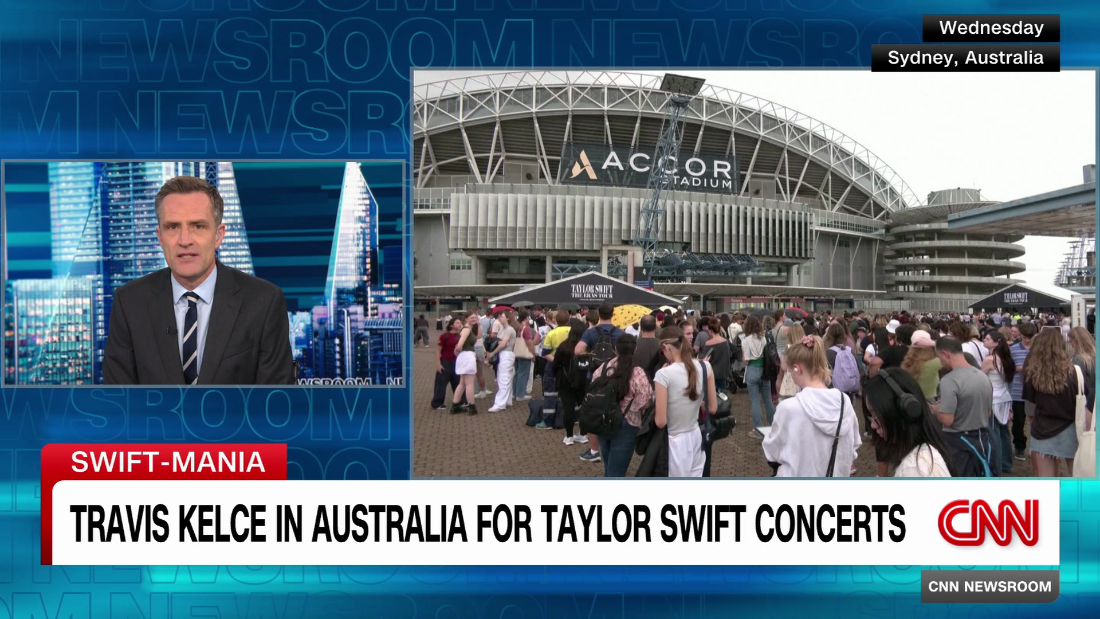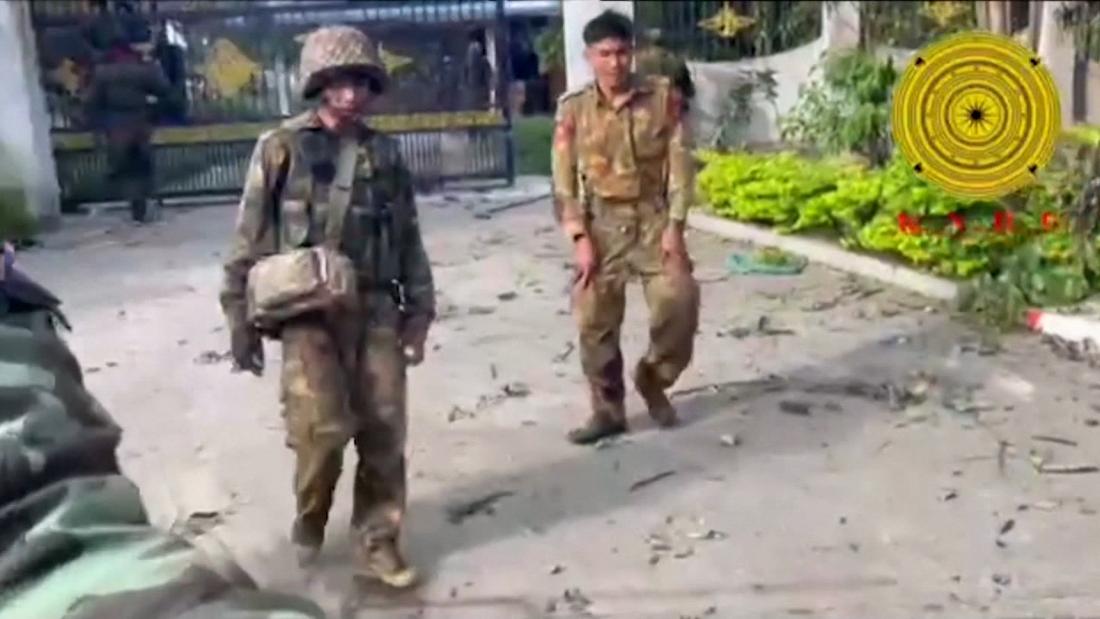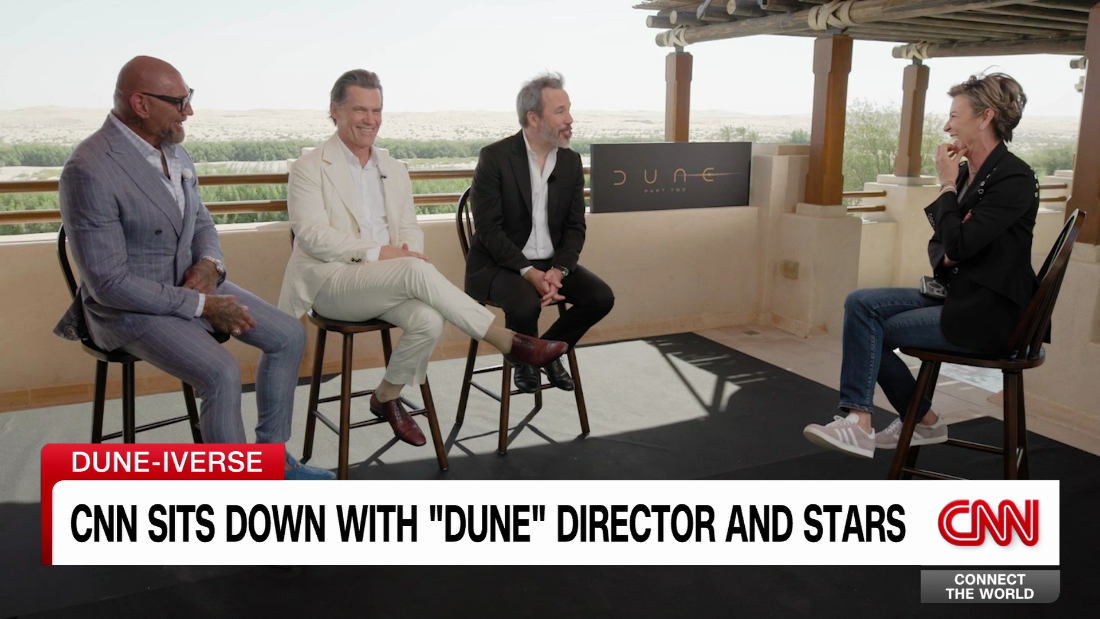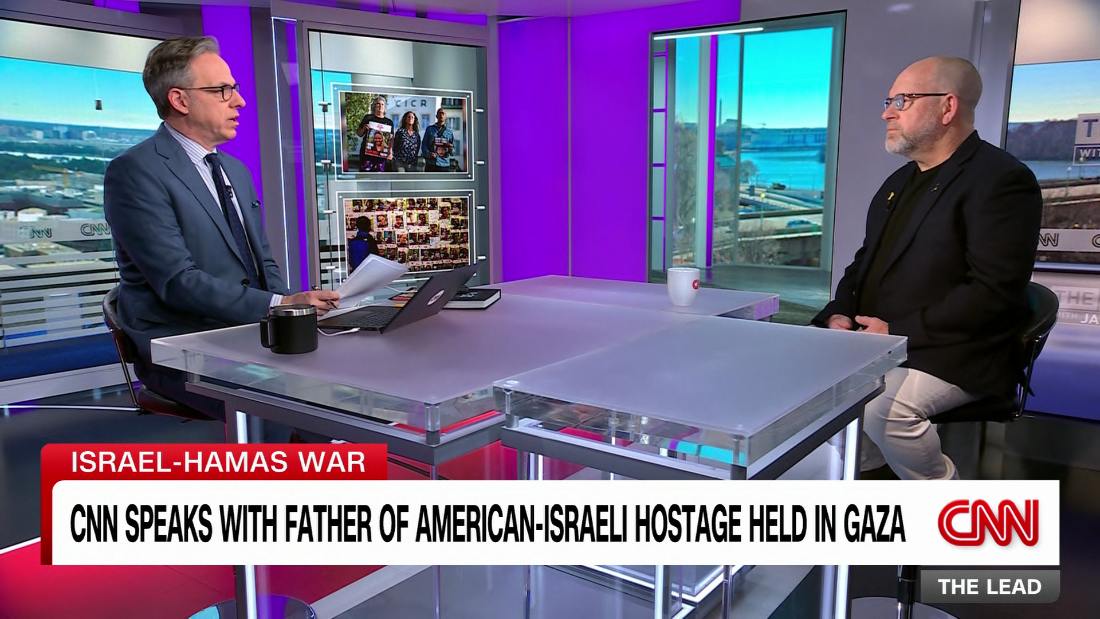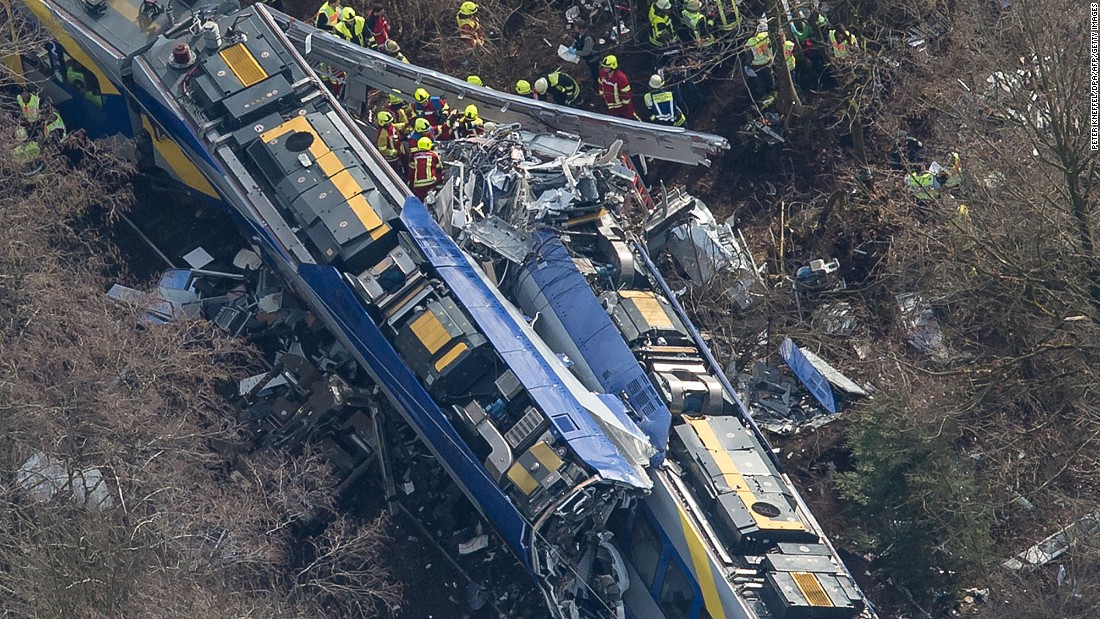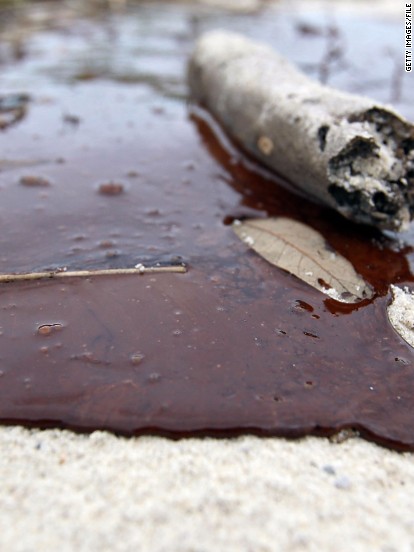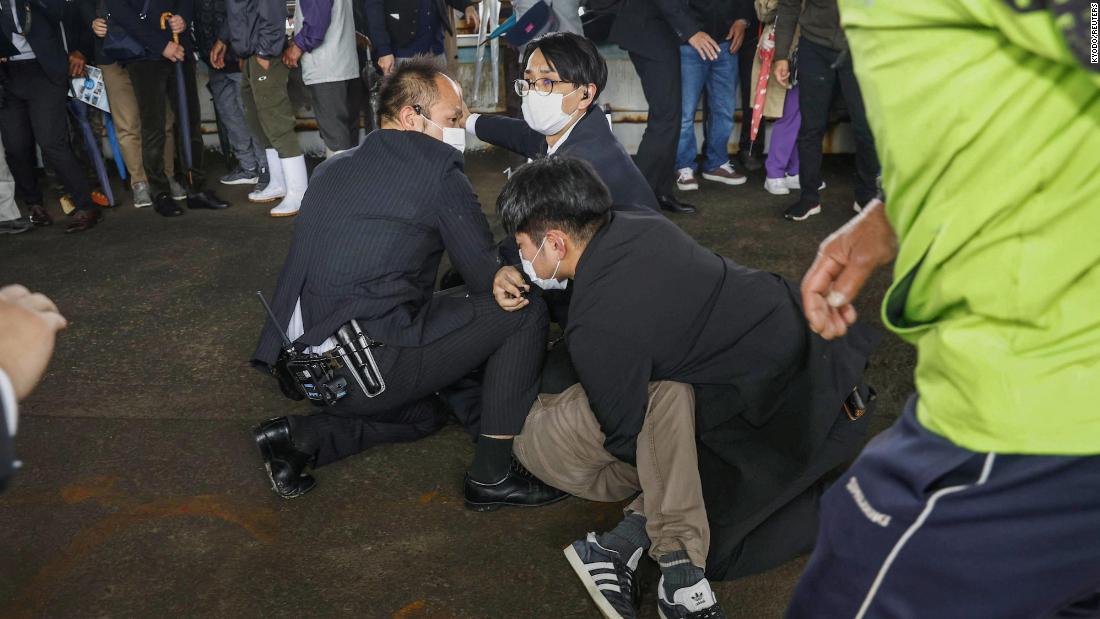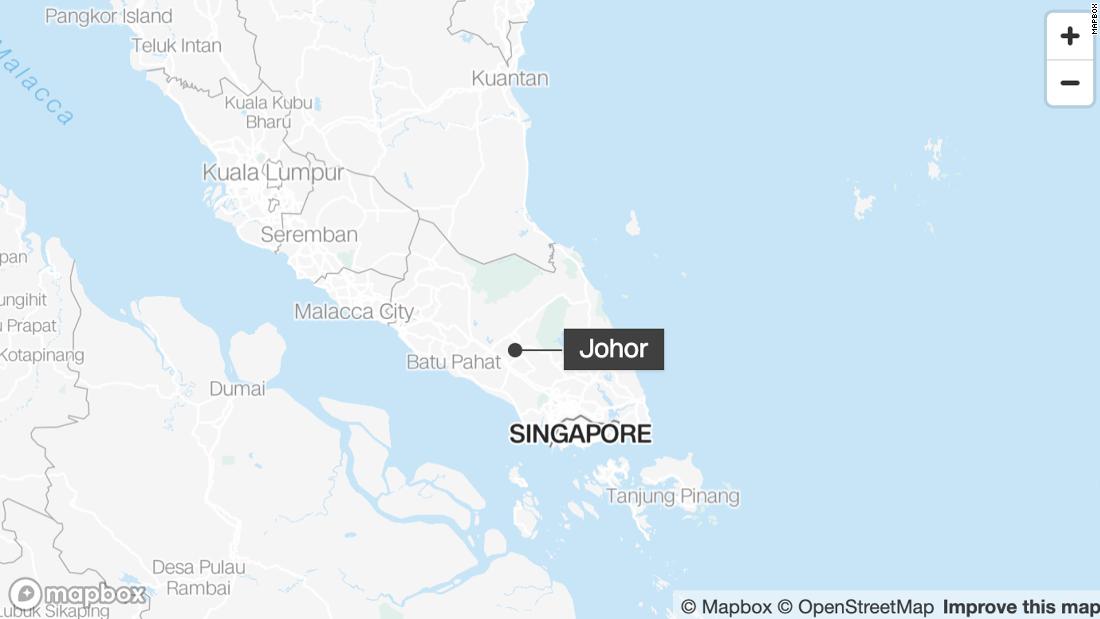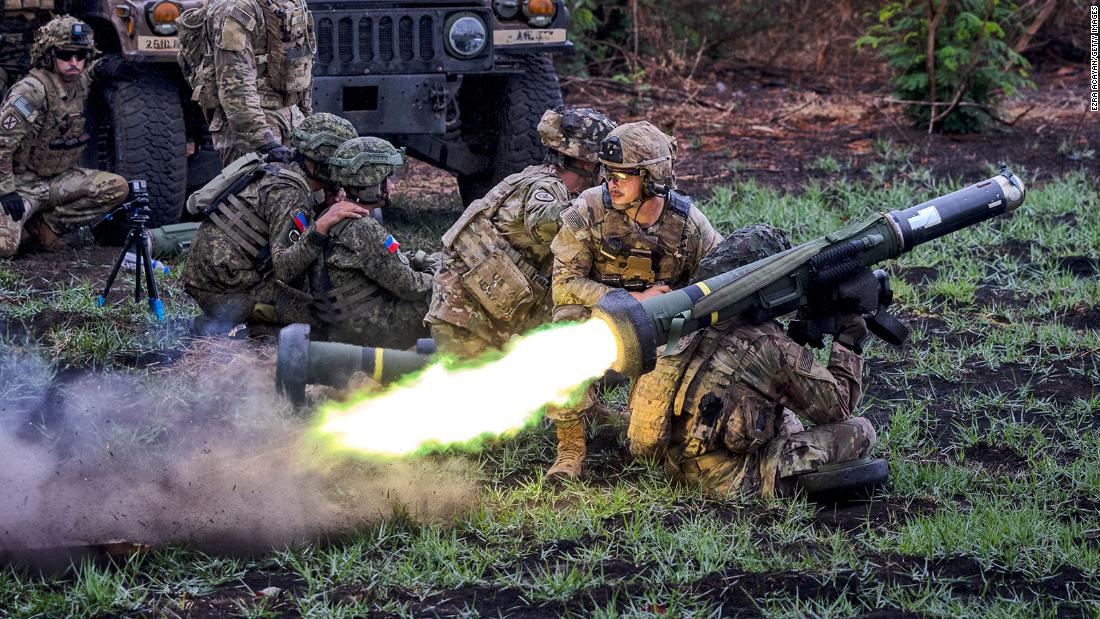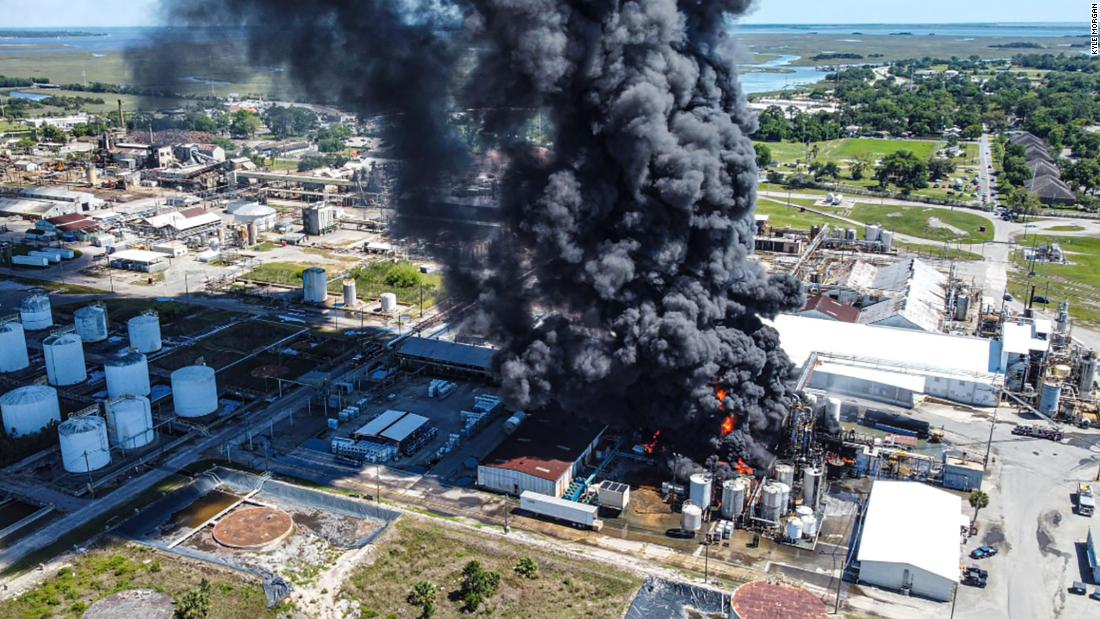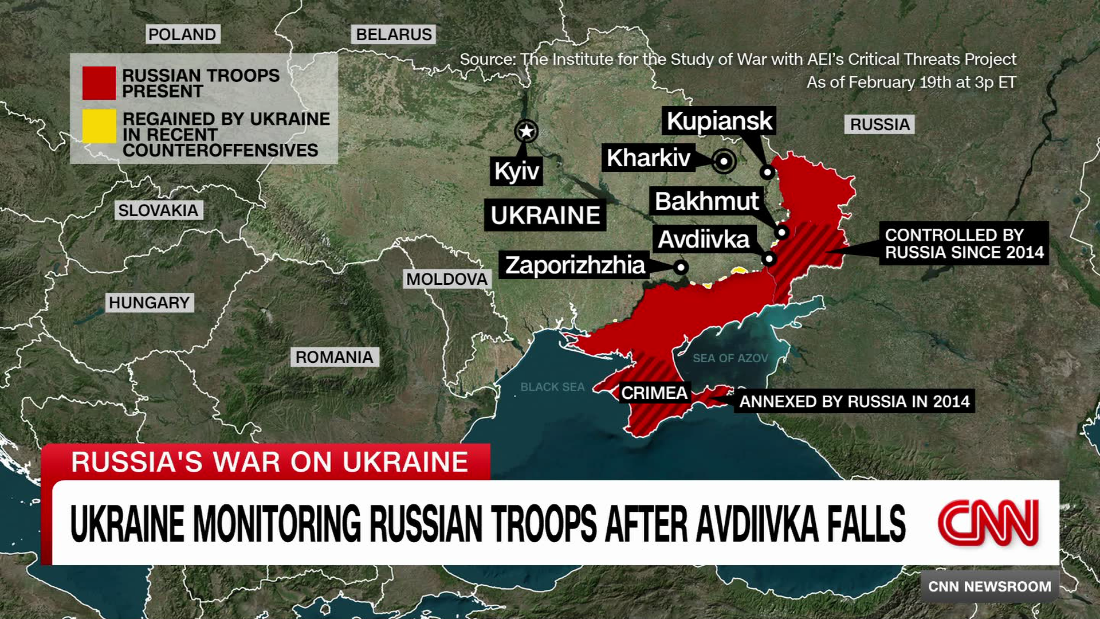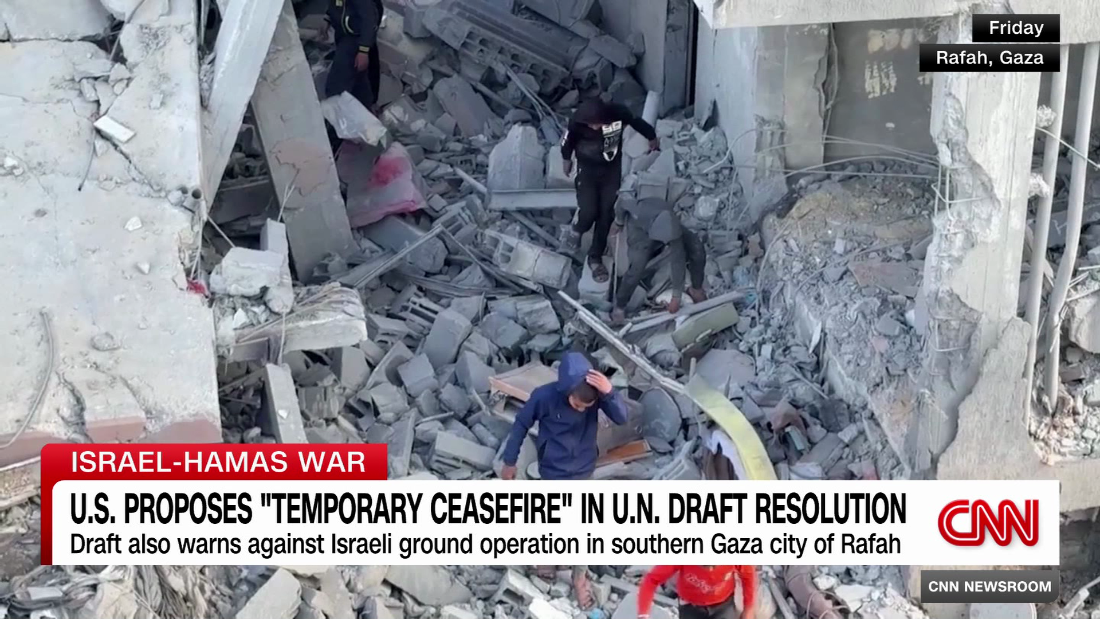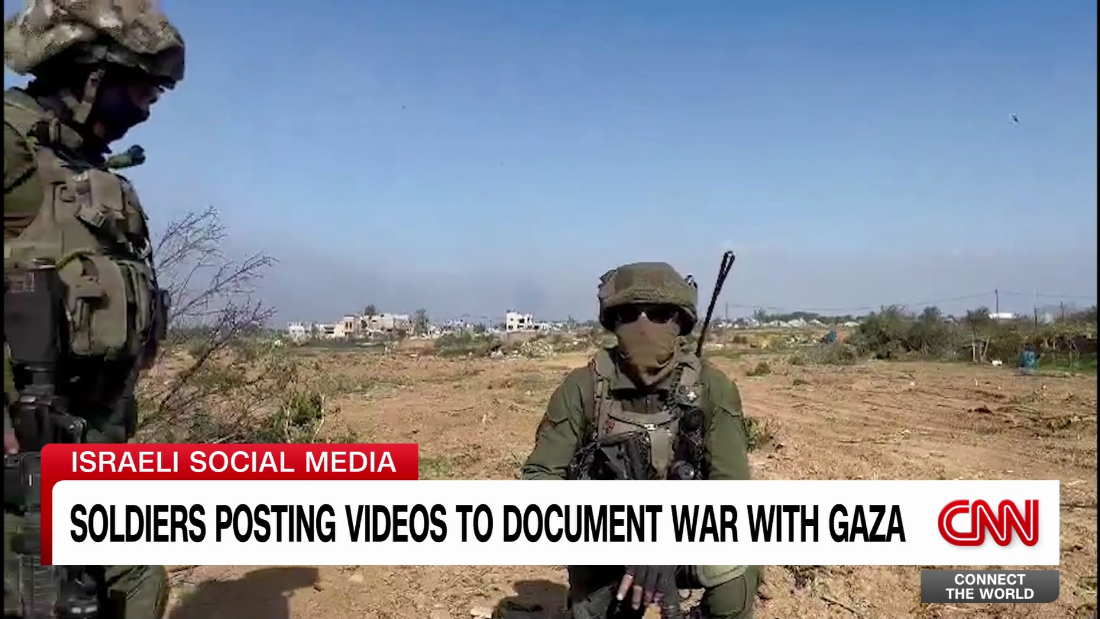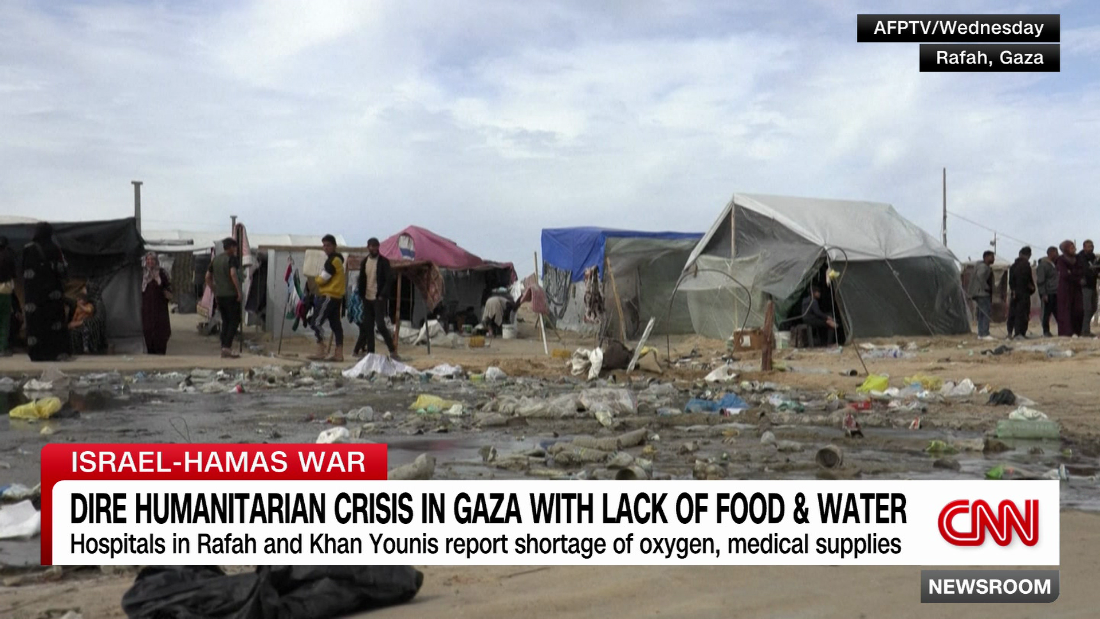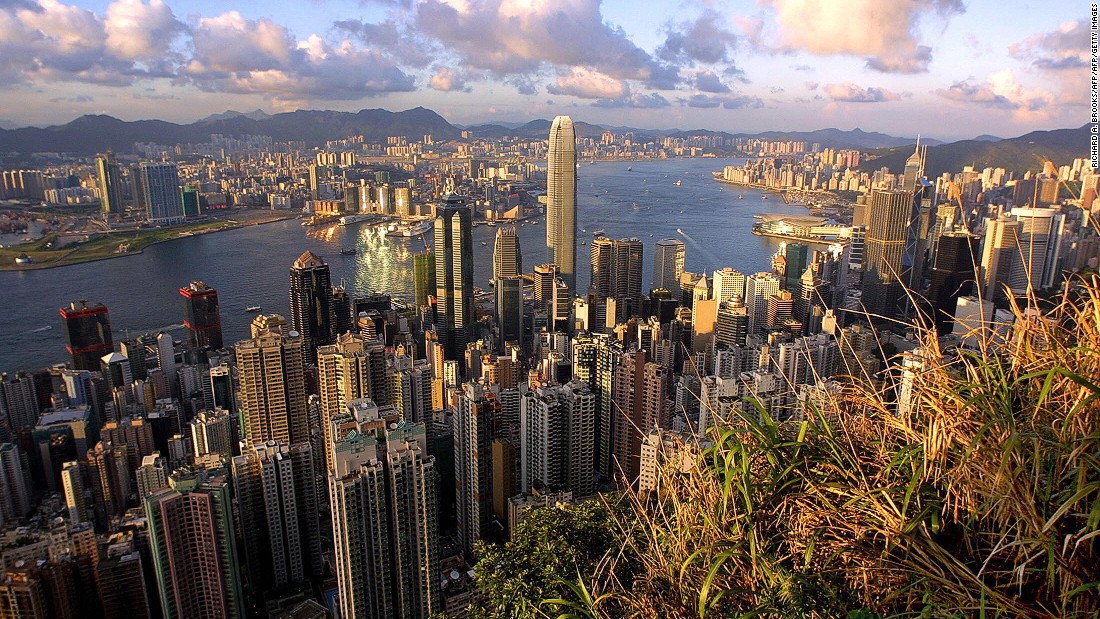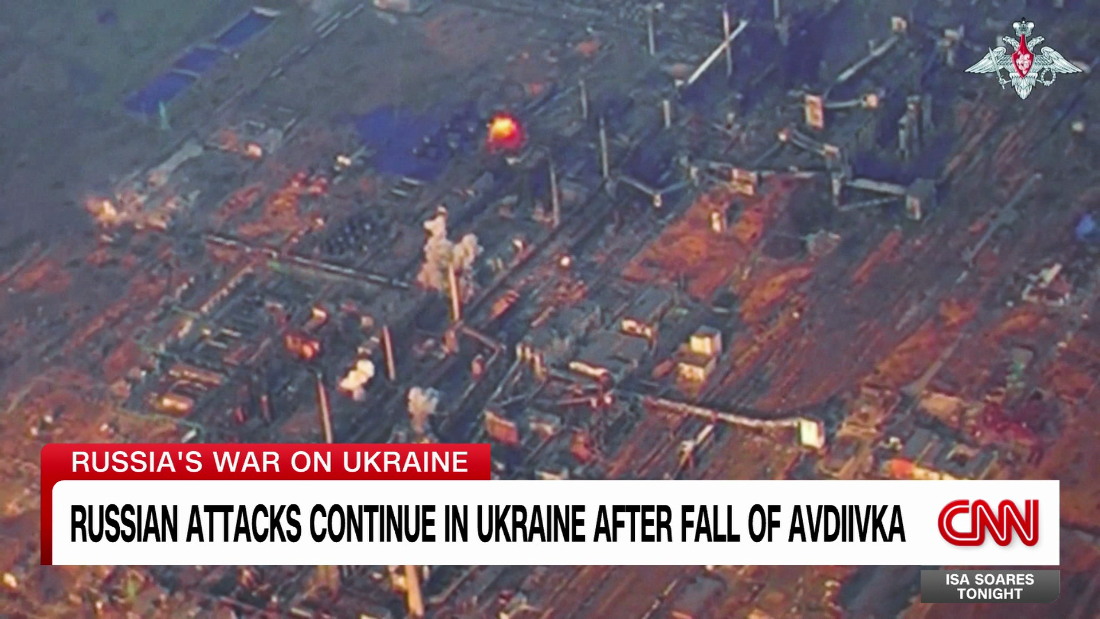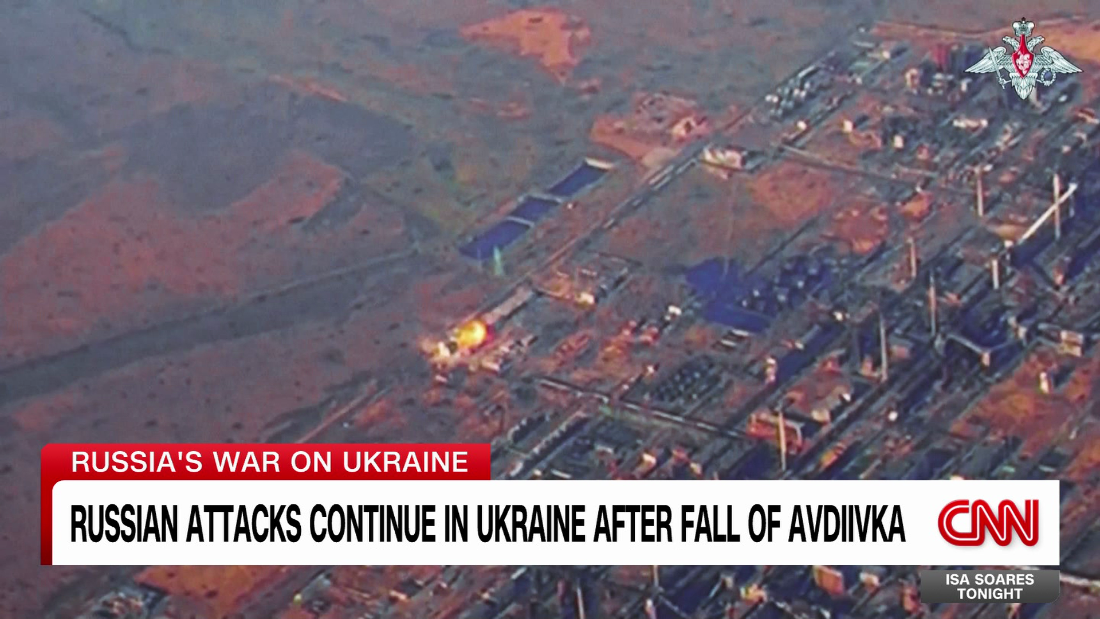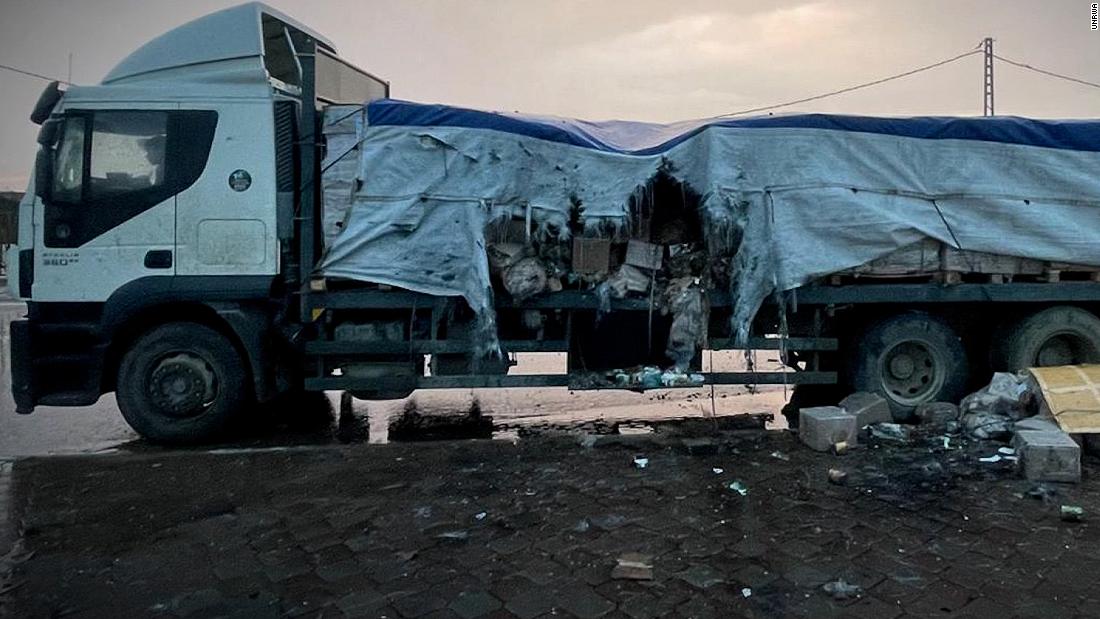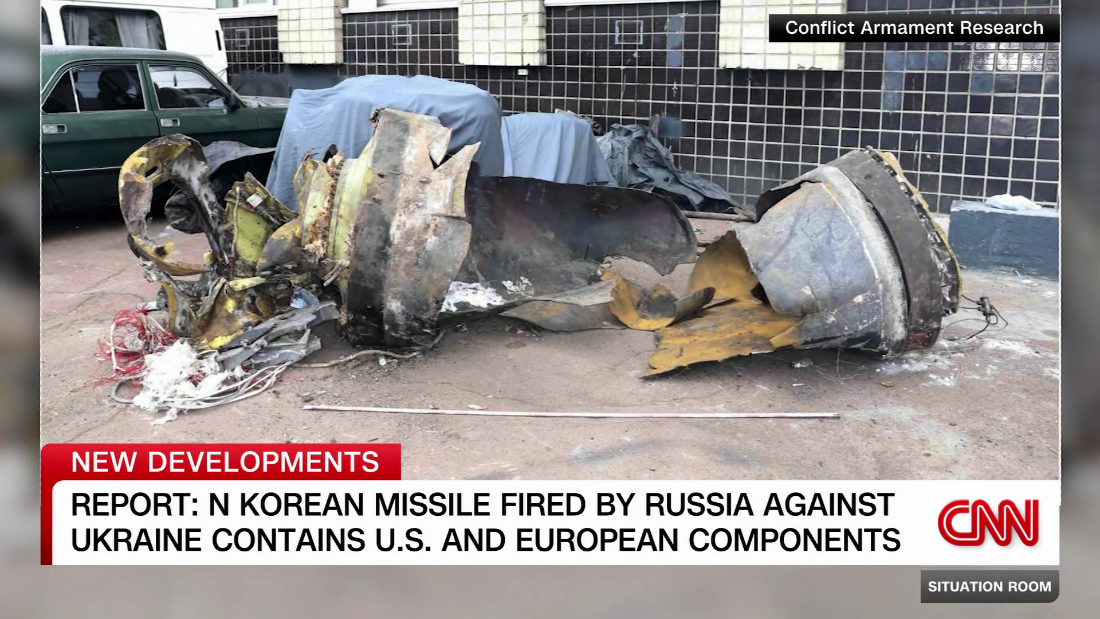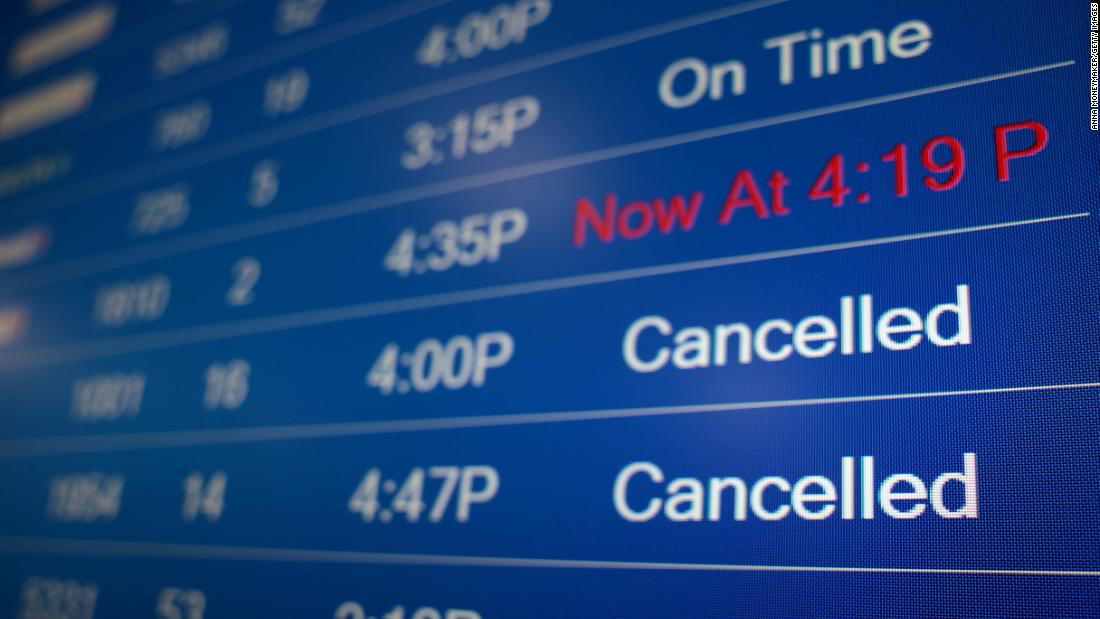A US Navy fighter jet has fallen overboard in the Red Sea after crew lost control of an aircraft .
The F/A-18E Super Hornet was being towed on board the USS Harry S.Truman aircraft which made a hard turn to “evade Houthi fire”, according to CNN.
AFP
The TimesF/A 18 Hornet jet fighters on the flight deck of the US Navy’s aircraft carrier, USS Gerald R Ford[/caption]
Human error appears to have caused the mishap but fortunately all personnel have been accounted for.
The official statement released by the Navy has revealed how one sailor sustained a minor injury during the incident.
A tow tractor was also lost to the ocean when the F/A-18E was “actively under tow” in the hangar bay.
The carrier is thought to have been operating in the region since September and was originally deployed to protect commercial ships against Houthi rebels.
Earlier today, the rebel group claims to have launched a drone and missile attack on the aircraft carrier.
The Navy emphasized on Monday that the strike group and its air wing “remain fully mission capable.”
The statement reads in full: “The F/A-18E was actively under tow in the hangar bay when the move crew lost control of the aircraft.
“The aircraft and tow tractor were lost overboard.
“Sailors towing the aircraft took immediate action to move clear of the aircraft before it fell overboard. An investigation is underway.
“The Harry S. Truman Carrier Strike Group and embarked air wing remain fully mission capable.
“The strike group consists of flagship Harry S. Truman, the nine squadrons of Carrier Air Wing 1, three guided-missile destroyers of Destroyer Squadron 28, and the Ticonderoga-class cruiser USS Gettysburg (CG 64).”
According to vessel tracker websites, the government ship was most recently located in the Red Sea, just off the coast of Suez.
It appears to have travelled through the Suez Canal and is headed south, underway using its engine.
It has been described as a Nuclear powered Nimitz-class Aircraft carrier, first built in 1998.
The first Nimitz Class CVN model was crafted in 1975.
It comes just weeks after the Iran-backed rebels vowed to strike any US ship within 1,000 miles of Yemen.
The proxy terror group was rocked after the US military launched a series of airstrikes on the capital city of Sanaa last month.
In response, the Houthi rebels claimed to have twice attacked the American aircraft carrier USS Harry Truman and its accompanying warships within 24 hours.
They also announced a ban on all US vessels from passing the Bab al-Mandeb Strait, southern Red Sea, Arabian Sea, and Gulf of Aden.
More recently, footage has shown US forces carpet bombing Houthi rebels at a Yemeni oil port.
The staggering nighttime video, filmed by Turkish sailors onboard an oil tanker in the Red Sea, shows huge fireballs erupting across the Ras Isa Oil Port.
Blazing orange flames ripple across the water before shooting up into the sky, forming a giant wall of fire during the April 17 blitz.
The clip is reportedly some of the “closest footage we have gotten so far of the strikes by the US Air Force and Navy against the Houthi-controlled Ras Isa Oil Port,” according to Open Source Intelligence Monitor on X.
It comes as the US military confirmed it has carried out over 800 airstrikes in just 44 days as part of Trump’s ferocious campaign, killing hundreds of Houthi terrorists and several senior commanders.
An overnight statement from US Central Command said: “Iran undoubtedly continues to provide support to the Houthis.
“The Houthis can only continue to attack our forces with the backing of the Iranian regime.
“We will continue to ratchet up the pressure until the objective is met, which remains the restoration of freedom of navigation and American deterrence in the region.”
Who are the Houthis?
THE Houthi rebels have spent months terrorising the Red Sea by launching persistent missile and drone attacks on vessels and warships – but who are they?
The Shia militant group, which now controls large swaths of Yemen, spent over a decade being largely ignored by the world.
However, since the outbreak of the Israel-Hamas war, they sprung from relative obscurity to holding roughly £1trillion of world trade hostage – turning one of the world’s busiest shipping lanes into an active warzone.
Their warped battle cry is “Death to America, Death to Israel, curse the Jews and victory to Islam”.
Why are they attacking ships?
After the October 7 massacre, Houthis began launching relentless drone and missile attacks on any ships – including warships – they deem to be connected with Israel in solidarity with their ally, Hamas.
In reality, they targeted commercial vessels with little or no link to Israel – forcing global sea traffic to largely halt operations in the region and sending shipping prices around the world soaring.
The sea assaults added to the carnage in the Middle East tinderbox as intense ripples from Israel’s war in Gaza were felt across the region – with Iran accused of stoking the chaos.
The Houthi chiefs pledged their Red Sea attacks would continue until Israel stopped its offensive in Gaza.
The group’s chiefs have previously said their main targets are Israel, and its allies the US and Britain.
And despite repeated threats from the West and joint US and UK strikes blitzing their strongholds in Yemen – Iran’s terror proxy appears undeterred.
The UK and US have hit Houthi bases as recently as this month after the terror group once again targeted boats in the shipping lane.
Israel has also hammered the group with airstrikes, reportedly hitting oil storage tanks at the port in Al Hudaydah.
x.com/@sentdefenderTurkish sailors captured the blitz near the Ras Isa Oil Port[/caption]
The Associated PressYemen’s Iran-backed Houthi have been attacking cargo ships amid the Israel-Hamas war[/caption] Published: [#item_custom_pubDate]


















